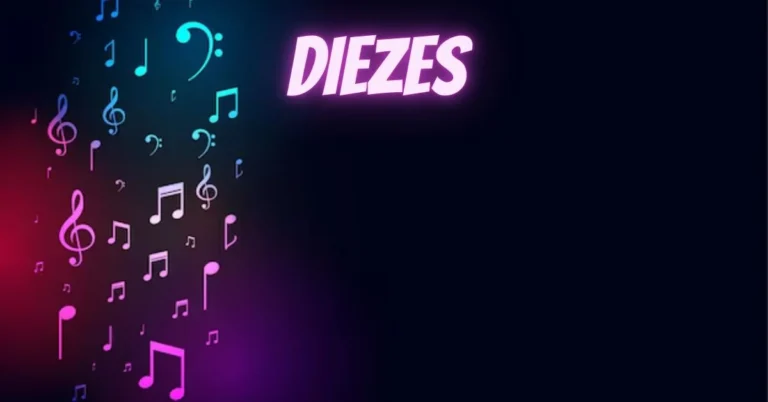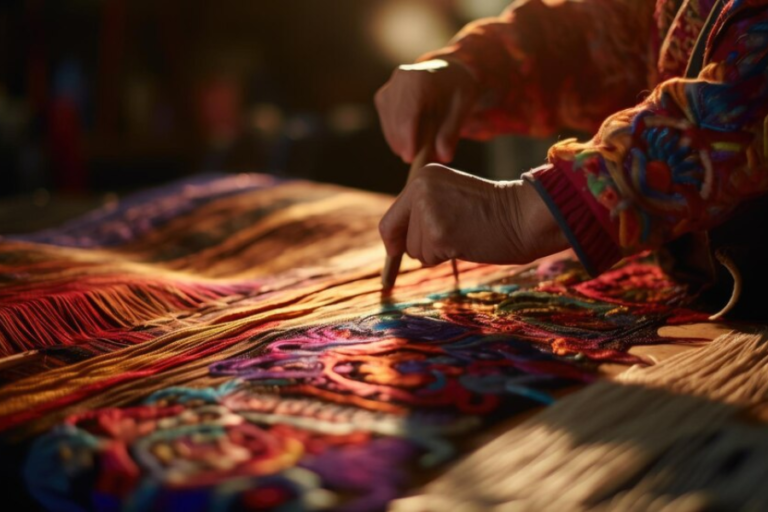Uncuymaza: Weaving Tradition and Innovation Across Generations
Introduction
Uncuymaza is much more than just a craft—it’s a vibrant expression of culture and identity. Originating from the indigenous communities of Peru, this traditional weaving technique beautifully showcases their artistic talents and deeply rooted heritage. Each piece tells a story, woven with threads of history and customs that have been cherished and passed down through generations. In exploring uncuymaza, we’ll dive into its fascinating origins, its cultural importance, and how this art form continues to evolve while staying true to its essence. Join us on this journey into the heart of uncuymaza, where every intricate design represents a perfect balance of creativity and tradition.
The Origins and History of Uncuymaza
The history of uncuymaza is deeply intertwined with the rich heritage of Andean culture, dating back centuries to the ancient practices of indigenous communities. This traditional craft was far more than a creative expression; it served practical purposes in everyday life. The intricately woven pieces were often used in rituals and ceremonies, symbolizing a direct link to spiritual beliefs.
As trade routes expanded across the Andes, uncuymaza techniques traveled with them, evolving as artisans exchanged ideas and materials. This tradition reflects a deep connection to nature and community values, showcasing exceptional craftsmanship while honoring customs passed down through generations. Every creation tells a story of its origins, preserving cultural identity while adapting to the modern world.
How to make your own version of Uncuymaza
Creating your own version of Uncuymaza is easy and fun. Start by finding a flat surface, like a table or the floor, and mark out your game area using chalk, tape, or whatever you have on hand.
Next, collect small items to use as game pieces—anything from stones to buttons or coins will work. Be sure each player has their own set, preferably in different colors, to avoid confusion.
Decide on a scoring system. While traditional rules might assign points for landing on specific spots, feel free to get creative and come up with your own unique rules!
You can also spice things up by adding bonus rounds where players must complete challenges before they can take their turn.
Invite friends to play and explain your custom rules. The more imaginative you get, the more exciting the game becomes! Enjoy experimenting with different strategies and have fun with your personalized version of this classic game.
The Importance of Uncuymaza in Culture
Uncuymaza holds a profound place in the cultural identity of its community. This traditional craft is more than just an artistic expression; it embodies the history, identity, and resilience of the people who create it.
Rooted in ancient customs, Uncuymaza reflects local beliefs and stories passed down through generations. Each creation captures the essence of cultural heritage, standing as a testament to the skills and traditions that have shaped these communities over time.
The designs often feature symbolic elements that represent nature, spirituality, or ancestral connections, linking artisans to their surroundings and to the generations that came before them.
Uncuymaza also plays a vital role in fostering social bonds. Families and communities often gather to work on these pieces, strengthening relationships and sharing knowledge. These collaborative efforts ensure that traditions endure, even in the face of modern challenges.
As globalization continues to reshape the world, preserving crafts like Uncuymaza is essential for safeguarding the unique identities of cultures in an ever-evolving landscape.
How to Make Uncuymaza
Creating uncuymaza is a meticulous process that highlights the craftsmanship of artisans. It all begins with selecting high-quality materials, often sourced from the local environment. These materials can include natural fibers, plant-based dyes, and other elements that reflect the region’s rich biodiversity.
Once the materials are gathered, artisans carefully prepare them using traditional methods like weaving and dyeing. Each step requires precision and a deep understanding of techniques that have been passed down through generations.
The weaving method used in uncuymaza is particularly distinct. Artisans craft intricate patterns that not only serve an aesthetic purpose but also tell stories rooted in their cultural heritage.
After the piece is woven, final touches are added to enhance its durability and beauty. This careful craftsmanship ensures that each uncuymaza item retains its unique character while maintaining its functional integrity, whether for everyday use or ceremonial occasions. The dedication involved reflects a deep respect for tradition and artistry.
Customary Applications and Methods of Using Uncuymaza
Uncuymaza holds a special place in various traditional practices, where communities often create intricate designs that tell stories of their heritage. These woven pieces are more than just artistic expressions; they are deeply rooted in cultural identity and pride.
During festivals, uncuymaza garments are worn as powerful symbols of tradition and belonging. These items not only showcase remarkable craftsmanship but also convey cultural narratives passed down through generations.
The techniques used to make uncuymaza are handed down from elders to younger family members, ensuring that these customs live on. This hands-on learning process helps strengthen community bonds and preserves social connections.
Uncuymaza also plays a meaningful role in important life events, such as weddings and childbirth ceremonies. Each piece carries deep significance, often given as a gift or protective charm for loved ones.
The colors and patterns chosen reflect local beliefs and the natural world around them, connecting people to their land and history with every thread woven into these beautiful works of art.
Contemporary Modifications and Advancements in Uncuymaza
Modern artisans are breathing new life into uncuymaza by blending traditional techniques with contemporary designs, creating a dynamic fusion that appeals to a broader audience. This creative approach not only revitalizes the craft but also brings a fresh perspective to a time-honored art form.
Incorporating new materials, artisans are now experimenting with eco-friendly fibers and natural dyes, reflecting a commitment to sustainability while staying true to their cultural heritage. This shift highlights the adaptability of uncuymaza as it evolves with the times.
Technology has also played a pivotal role in this transformation. Social media platforms allow artisans to showcase their intricate works to a global audience, while online marketplaces expand the reach of uncuymaza far beyond its local roots.
Collaborations between traditional artisans and modern designers have sparked exciting new ideas. These partnerships result in unique creations that honor ancient techniques while embracing contemporary trends.
This ongoing evolution ensures that the essence of uncuymaza remains alive, offering future generations a blend of heritage and innovation that keeps the craft relevant in today’s fast-changing world.
FAQs
What is uncuymaza?
Uncuymaza is a traditional weaving craft deeply rooted in Andean culture. It reflects the history, stories, and heritage of indigenous communities, often using intricate designs to symbolize cultural values.
What materials are used in uncuymaza?
Traditionally, artisans use natural fibers, plant-based dyes, and other locally sourced materials. Recently, there’s been a shift towards eco-friendly alternatives to maintain sustainability.
How does uncuymaza contribute to cultural preservation?
Uncuymaza embodies the cultural identity of communities, with techniques passed down through generations. The craft is often associated with rituals, ceremonies, and celebrations, preserving stories and traditions.
Is uncuymaza still relevant today?
Yes, uncuymaza has adapted to modern trends through innovative designs, sustainable materials, and collaborations between traditional artisans and contemporary designers. It remains a symbol of cultural pride and creativity.
Where can I buy uncuymaza products?
Uncuymaza items are often available in local markets in Andean regions. With the advent of online marketplaces, many artisans now sell their products worldwide, making it accessible to a global audience.
Can I learn the art of uncuymaza?
Yes, many communities welcome learners and apprentices to preserve and pass on the craft. Workshops and online tutorials also offer opportunities for those interested in mastering this traditional skill.
What role does technology play in uncuymaza’s evolution?
Technology has significantly expanded the reach of uncuymaza, with social media and online platforms enabling artisans to share their work globally, attracting new audiences and collaborations.
Conclusion
Uncuymaza is far more than a traditional craft; it’s a living testament to the rich cultural heritage of the Andean people. With its deep roots in history, each piece tells a story that reflects the artistry, values, and beliefs passed down through generations. As the world changes, so does uncuymaza, evolving through innovative designs, sustainable practices, and the use of technology to reach a global audience.
The art form’s resilience and adaptability ensure its continued relevance in today’s modern landscape, where tradition and innovation intertwine. Uncuymaza serves as both a symbol of cultural pride and a reminder of the importance of preserving our artistic heritage. As artisans continue to innovate while honoring their roots, uncuymaza remains a vibrant, ever-evolving expression of creativity, community, and identity.
Keep an eye for more news & updates on Don Guides!






